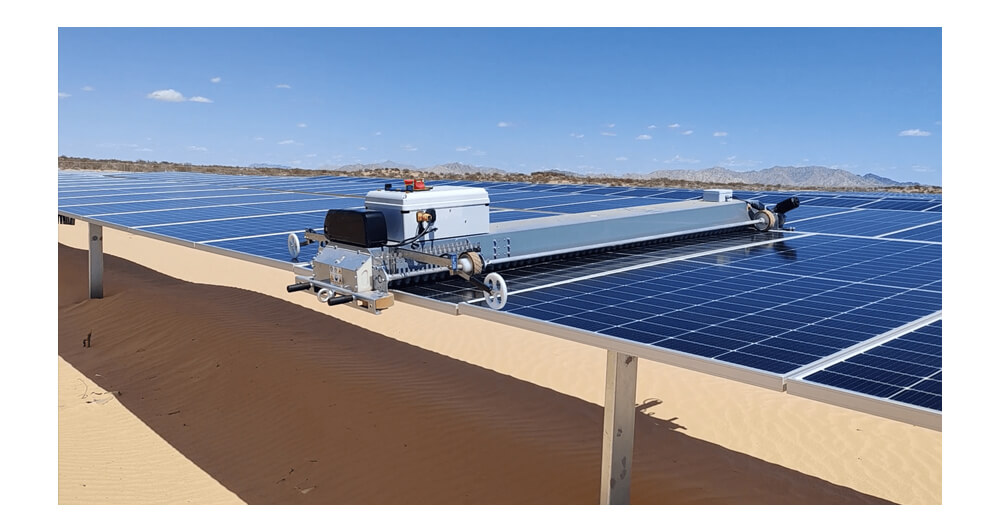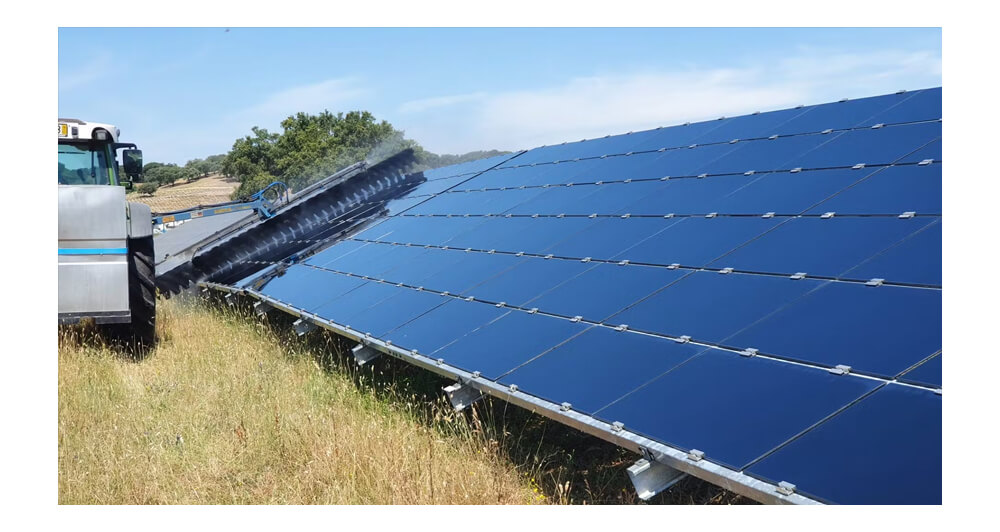Content
Photovoltaic (PV) module cleaning systems are pivotal in maintaining the efficiency and performance of solar panels. Dust, dirt, and other residues can accumulate on the surface of solar panels and significantly reduce their energy output. This article explores the mechanisms, benefits, and practical applications of PV module cleaning systems, supported by data presented in tabular format and an illustrative line chart.

PV module cleaning systems vary widely, but they primarily fall into two categories:
-
Manual Cleaning Systems: These require human intervention, using tools like brushes and hoses. Manual systems are cost-effective but labor-intensive.
-
Automated Cleaning Systems: These systems use robotic technology to ensure consistent cleaning without human intervention. They are ideal for large-scale solar installations.
Table 1 below outlines the pros and cons of each system type:
| System Type |
Pros |
Cons |
| Manual |
Cost-effective, simple to use |
Labor-intensive, less consistent |
| Automated |
Efficient, consistent |
Higher initial cost, requires power |
Regular cleaning of PV modules can enhance their efficiency by removing obstructions that block sunlight. The benefits include:
- Increased Energy Output: Clean panels absorb sunlight more efficiently, directly boosting the power output.
- Extended Panel Lifespan: By reducing the degradation due to dirt and other residues, cleaning helps prolong the life of the solar panels.
- Cost Savings: Enhanced efficiency translates to higher energy production, which can significantly reduce the payback period of the initial investment.
Case Study: Impact of Cleaning on Energy Yield
A study conducted over a year monitored the energy output of two identical solar arrays, one with regular cleaning and one without. The findings are summarized in the line chart below, showing the monthly energy output from both arrays.
This chart demonstrates the clear advantage in energy output for the cleaned array, particularly in the more sunlit months from March to August.
In regions with high dust and pollen levels, the adoption of PV module cleaning systems is crucial. For instance, in desert areas like parts of the Middle East and North Africa, solar panels can lose over 35% of their efficiency if not cleaned regularly. As solar energy becomes a more significant part of the global energy mix, the importance of efficient PV module cleaning systems cannot be overstated.
As the solar industry evolves, so does the technology behind PV module cleaning systems. Recent innovations have led to the development of more efficient and less intrusive cleaning solutions, such as:
-
Electrostatic Cleaning Systems: These systems use electrostatic forces to repel dust particles off the solar panels without physical contact, reducing the risk of damage to the panels.
-
Waterless Cleaning Robots: These robotic systems clean panels using microfiber rollers or brushes and are particularly useful in areas where water conservation is critical.
-
Drones for Cleaning and Inspection: Drones equipped with cleaning tools and cameras can quickly and efficiently clean large solar farms and provide real-time feedback on the condition of the panels.
These technological advancements not only enhance the cleaning process but also integrate seamlessly with monitoring systems to ensure optimal solar panel performance.
Despite the clear benefits, there are several challenges associated with implementing PV module cleaning systems:
-
High Initial Investment: Automated systems, especially those incorporating advanced technologies, come with a high upfront cost that can be prohibitive for smaller installations.
-
Maintenance Requirements: While designed to reduce labor, these systems themselves require regular maintenance to ensure their efficiency and longevity.
-
Adaptability Issues: Systems need to be adaptable to different environmental conditions and types of solar installations, which can complicate their design and implementation.

The global market for PV module cleaning systems is expected to grow significantly. Factors driving this growth include the increasing adoption of solar energy, the expansion of solar installations in dust-prone regions, and a greater focus on operational efficiency.
Market research suggests a shift towards automation in solar maintenance, with a predicted increase in the adoption of robotic cleaning systems. The trend towards integrating IoT and AI to optimize cleaning schedules and methods is also gaining momentum, promising even greater efficiencies and cost savings.
As the industry moves forward, the role of PV module cleaning systems will be crucial in ensuring that solar power remains a viable and efficient energy source. The continuous innovation in this field not only supports the growth of renewable energy but also aligns with global efforts towards sustainability and energy independence.
The environmental benefits of using PV module cleaning systems are significant. By maintaining the efficiency of solar panels, these systems help maximize the production of clean energy, reducing the reliance on fossil fuels and decreasing greenhouse gas emissions. Moreover, innovations such as waterless cleaning technologies also support water conservation, a critical aspect in sustainability, especially in arid regions.
Here's a table summarizing the key environmental impacts:
| Impact Category |
Description |
| Energy Efficiency |
Maintains or increases the energy output of PV modules, reducing waste and increasing renewable energy production. |
| Resource Conservation |
Waterless and automated systems decrease the use of water and human resources. |
| Emission Reduction |
Higher efficiency and reduced use of non-renewable power sources lead to lower carbon emissions. |
| Waste Reduction |
Advanced systems minimize physical contact, reducing wear and tear and extending panel lifespan, thus reducing waste. |
PV module cleaning systems are an essential component in the solar power industry, significantly impacting the efficiency and sustainability of solar energy production. Technological advancements are making these systems more effective and accessible, though challenges like high initial costs and maintenance requirements persist. The market trends indicate a strong move towards automation and integration with advanced technologies such as IoT and AI, which bodes well for the future of solar maintenance.
The role of these systems in environmental sustainability cannot be overstated—with the potential to enhance energy efficiency, conserve resources, and reduce emissions, they are pivotal in the global shift towards renewable energy sources. As solar installations continue to spread worldwide, the development and refinement of PV module cleaning systems will remain a key area of focus for researchers, manufacturers, and energy providers alike. This ongoing innovation will not only bolster the operational capacities of solar arrays but also contribute to the broader environmental goals of reducing global carbon footprints and promoting sustainable practices.
FAQs







